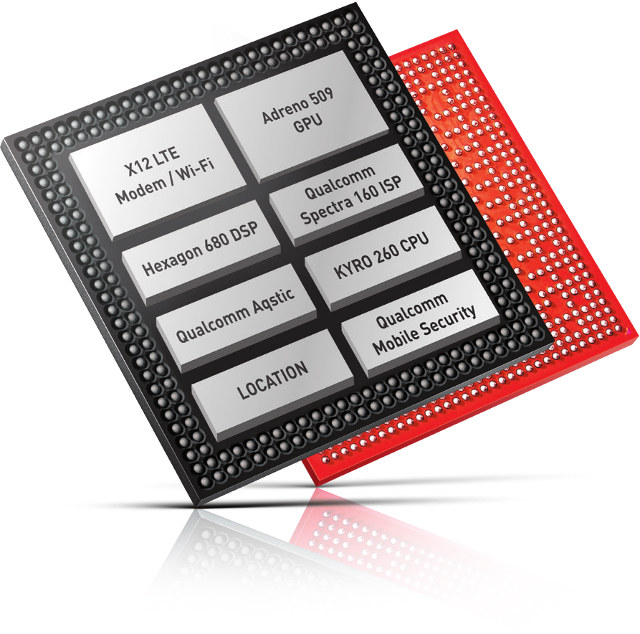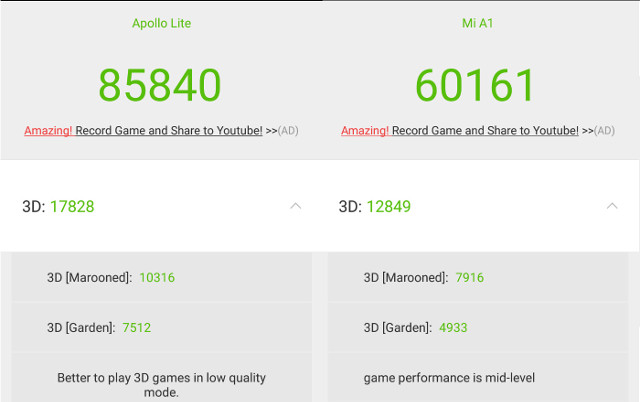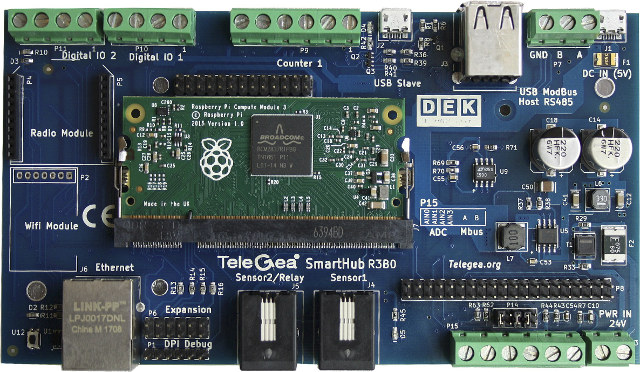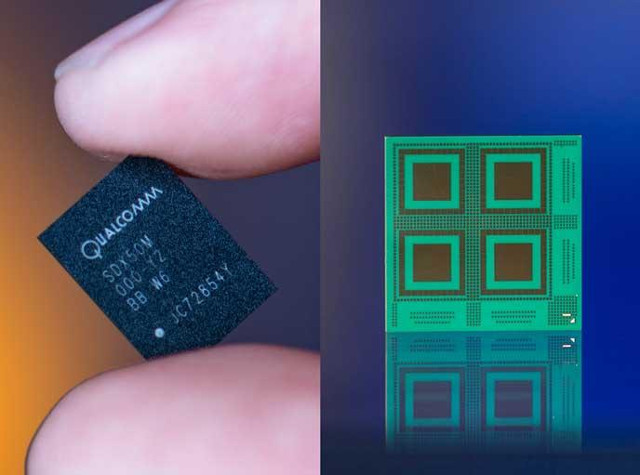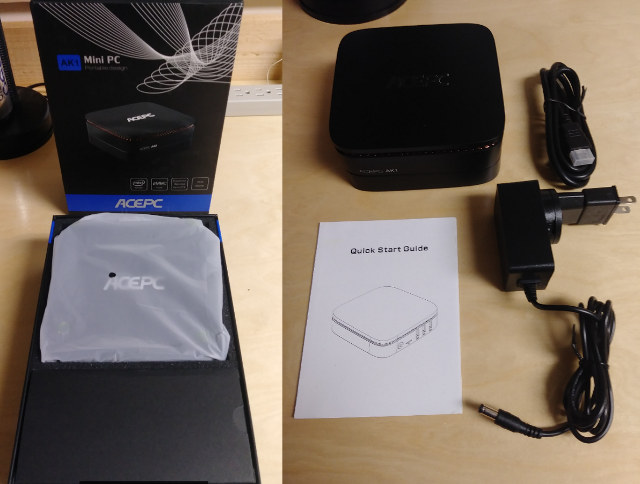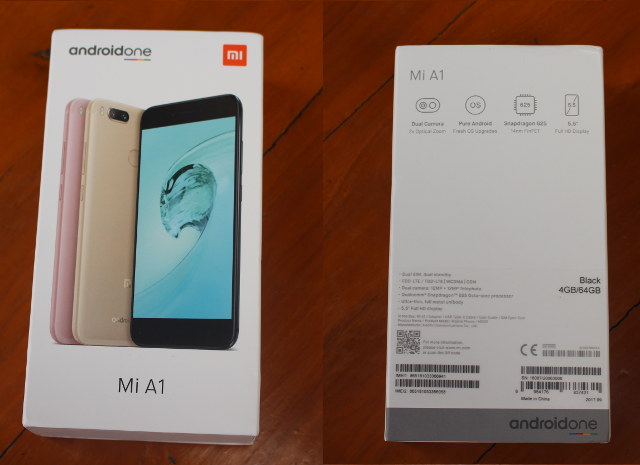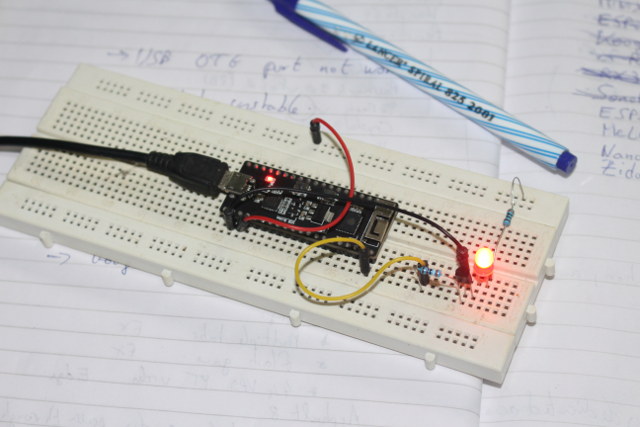Google unveiled their latest Pixel 2 & Pixel 2 XL premium smartphones powered by Snapdragon 835 SoC earlier this month, and while they are expected to go on sale tomorrow, reviewers have got their hands on samples, and one of the key feature is the camera that takes really good photos and videos as reported here and there. You’d think the ISP and DSP inside Snapdragon 835 SoC would handle any sort of processing required to take photos. But apparently that was not enough, as Google decided to design their own custom co-processor – called Pixel Visual Core -, and integrated it into Pixel 2 phones. The co-processor features a Cortex A53 core, an LPDDR4 memory interface, PCIe interface and MIPI CSI interface, as well as an image processing unit (IPU) IO block with 8 IPU cores. Google explains the IPU block will allow 3rd party applications to leverage features […]
Qualcomm Snapdragon 636 Delivers Up to 40% Better Performance Over Snapdragon 630, Supports FHD+ Displays
Qualcomm has announced a new “Mobile Platform” with Snapdragon 636 that combines eight Kryo 260 cores, an Adreno 509 GPU, and X12 LTE modem for “high quality devices with top-level features at a low price point”, which must mean “mid range”. The new Snapdragon 636 offers an update to Snapdragon 630 / 660 solutions released last year with up to 40% performance boost, 10% faster 3D graphics, and support for ultra-wide FHD+ displays (18:9 aspect ratio). Key features for Snapdragon 636: CPU – 8x Qualcomm Kryo 260 cores clocked at up to 1.8 GHz GPU – Adreno 509 with support for OpenGL ES 3.2, OpenCL 2.0 full,Vulkan, DX12 DSP – Hexagon 680 DSP with All-Ways Aware Technology, Neural Processing Engine SDK, Caffe/Caffe2 and Tensorflow support Memory I/F – LPDDR4/4X, dual channel up to 1333MHz, 8GB RAM Storage I/F – eMMC and UFS flash Display – Up to 2160×1080 FHD+ resolution; […]
Mediatek Helio X20 vs Qualcomm Snapdragon 625 – 3D Graphics Benchmarks and CSR2 Game
I’ve been using Vernee Apollo Lite smartphone with a Mediatek Helio X20 deca-core ARM Cortex A72/A53 processor coupled with an ARM for a little over a year. Recently, I’ve received Xiaomi Mi A1 smartphone for a Qualcomm Snapdragon 625 SoC featuring eight ARM Cortex A53 cores and an Adreno 506 GPU. In theory, the latter is a downgrade, and the Xiaomi phone is indeed quite slower in Antutu with overall score of 60,161 points against 85,840 points in the Mediatek phone. 3D graphics performance is also lower with 12,849 vs 17,828 points. Both smartphone have the same resolution (1920×1080), so it’s a little confusing to be told you’d “better to play games in low quality mode” for the Mediatek phone, and “game performance is mid-level” for the Snapdragon one. But anyway Helio 20 should work better in 3D games than Snapdragon 625 if we are to believe the numbers. Most […]
Telegea Smart Hub DIN Rail IoT Gateway is Powered by Raspberry Pi CM3 Module
DEK Italia has recently introduced Telegea Smart Hub, an IoT gateway based on Raspberry Pi Computer Module 3 (CM3) with Ethernet, WiFi, RS232/485 ports, and various other I/O ports, that can leverage Raspberry Pi software ecosystem. The company explains the device is mainly targeted at DIY home automation applications as a smart home controller which runs open source smart home software like OpenHAB and Home Assistant, but it can also be used for many other IoT applications. Telegea Smart Hub R3B0 specifications: SoC – Broadcom BCM2837 quad core Cortex A53 processor with VideoCore IV GPU System Memory – 1GB LPDDR2 RAM Storage – 4GB eMMC flash, 256 byte EEPROM Connectivity – 10/100M Ethernet port, optional Wifi 802.11 b/g/n at 2.4 GHz Serial – RS485 serial port, RS232 serial debug port USB – 2x USB 2.0 host ports Expansion 6xdigital inputs via screw terminals (for dry contacts or S0 interface) 4x […]
Snapdragon X50 5G Modem Makes it First Data Connection
5G technology is expected to launch in 2019, and Qualcomm has recently made a step towards this goal with the company announcing their first 5G data connection with Snapdragon X50 modem on on 28GHz mmWave Spectrum. The demonstration took place in Qualcomm Technologies’ laboratories in San Diego, and achieved Gigabit download speeds using several 100 MHz 5G carriers. Snapdragon X50 5G Modem’s product page lists some of the key features of the chip: Up to 5 gigabits per second download speeds Initial support for operation in the 28 GHz millimeter wave band. It can connect using up to 800 MHz of bandwidth via 8×100 MHz carrier aggregation. Supports advanced multiple input, multiple output (MIMO) techniques such as adaptive beamforming and beam tracking Composed of the modem as well as the SDR051 mmWave transceiver The modem can be paired with a Snapdragon processor to provide multi-mode 4G/5G capability, and the company […]
ACEPC AK1 Celeron J3455 Mini PC Review – Part 1: Unboxing, Teardown, and First Impressions
Karl here. Today we are going to look at the ACEPC AK1 mini PC. Here are some of the specs pulled from ACEPC’s website. The feature that is most notable to me is the included 2.5” hard drive compartment. Hardware CPU:Intel Celeron J3455 GPU:Intel HD Graphics 500 RAM:4GB DDR3L ROM:32GB eMMC WiFi:Ac3165 Dual Band,2.4G/5G LAN: Ethernet RJ45 10/100/1000M Bluetooth: BT V4.0 Interfaces USB port:2xUSB 3.0;2xUSB 2.0;1xType C;support USB disk and USB HDD Card reader: TF Card (up to 128GB) HDMI Port: HDMI 1.4 Microphone audio: 3.5mm Microphone jack x1 Unboxing & Teardown Some close-up photos to get a better look at the chips, and overall hardware design. First Boot – Storage / Task Manager Storage after first boot: Storage after update: Thermal Testing with Prime 95 Cooling seems adequate. Below is a picture of Prime 95 after 5 minutes. I am glad to see it staying at about […]
Xiaomi Mi A1 Review – Part 1: Unboxing, First Boot, Firmware Update, and Benchmarks
Xiaomi Mi A1 hardware specifications are pretty much standard for a mid-range smartphone, except possibly for its dual rear camera, and what makes it stand apart is really Android One program that promises regular firmware update, including to the latest “pure” Android version, during a 2-year period from launch. In my case, the phone is also interesting because so far I had only used smartphones with Mediatek SoCs, and Mi A1 is equipped with a Qualcomm Snapdragon 625 processor. SD625 should be slower than the Mediatek Helio X20 deca-core processor I’ve been using in Vernee Apollo Lite, but I’m curious to find out if some apps have been better optimized for Qualcomm processors. I’ll soon find out as GearBest sent me a review sample.I’ll start with an unboxing and first boot post, before writing the second part of the review in a couple of weeks once I’ve finished testing the […]
Getting Started with MicroPython on ESP32 – Hello World, GPIO, and WiFi
I’ve been playing with several ESP32 boards over the months, and tried several firmware images. I started with a tutorial for Arduino Core on ESP32, a few month later I tested ESP32 JavaScript programming with Espruino on ESPino32 board, and recently Espressif Systems sent me ESP32 PICO core development board powered by their ESP32-PICO-D4 SiP, and while I took some pretty photos, I had not used it so far. So I decided to go with yet another firmware, and this time, I played with MicroPython on ESP32, and will report my experience with basic commands, controlling GPIOs, and WiFi in this getting started post. Flashing Micropython Firmware to ESP32 Board Source code is available on Github, as a fork of MicroPython repo as ESP32 support has not been upstreamed yet. We could built the firmware from source, but there’s also a pre-built binary which you can download on MicroPython website. […]


